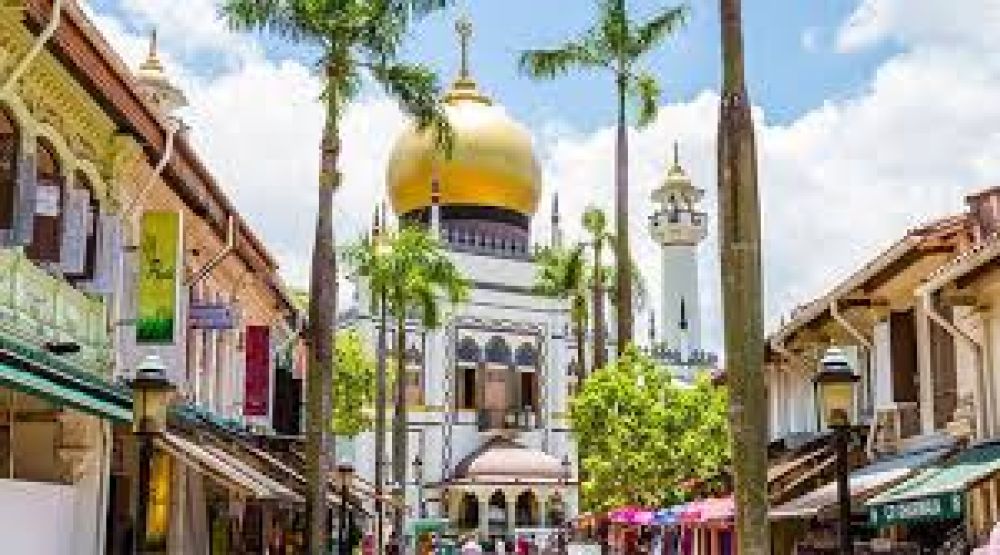

The history of tourism in Bugis and Kampong Glam, two of Singapore's most vibrant districts, is deeply intertwined with the nation's multi-ethnic tapestry and its development as a global city. The story of these neighborhoods reflects a rich cultural heritage and a transformation into tourism hotspots that continue to captivate visitors from around the world.
Bugis was originally known for its namesake—the Bugis traders and seafarers from Sulawesi in Indonesia, who frequented the area's port in the early 19th century. They contributed significantly to Singapore's position as a key trading post, setting up a marketplace that spiraled the district into a bustling commercial zone. Over time, Bugis emerged as a hub for entertainment and retail, drawing both tourists and locals to its charismatic alleys.
Kampong Glam's origin, on the other hand, is linked to the Malay aristocracy and the Muslim community. Designated by Sir Stamford Raffles for the Sultan of Johor and his entourage in 1822, it became a cultural center, with the iconic Masjid Sultan (Sultan Mosque) as its crown jewel. The area was synonymous with traditional textile merchants and craftsmen who laid the foundation for the district's economic and touristic growth.
Over the decades, Bugis and Kampong Glam evolved from ethnic enclaves to key tourist attractions. This transition was marked by the conservation of historic shophouses, the introduction of modern retail complexes, and the pedestrianization of streets to improve the visitor experience.
The 1980s and 1990s saw significant development, with the government promoting heritage conservation and encouraging tourism. The restoration of the Bugis Street Market, once famous for its night markets in the 1950s and 1960s, and the gentrification of Kampong Glam, including Haji Lane and Arab Street, led to a resurgence of interest.
Today, Bugis and Kampong Glam have emerged as eclectic destinations, offering both traditional and contemporary experiences. From the bustling Bugis Junction mall to the chic boutiques on Haji Lane, visitors can witness a diverse mix of old and new.
Cultural festivals and events, coupled with the pedestrian-friendly streetscape, have enhanced the vibrancy of these neighborhoods. The annual Singapore Heritage Festival, Aliwal Arts Night Crawl, and Hari Raya Puasa celebrations are just a few of the culturally immersive experiences that attract tourists.
Recognizing the potential of cultural and heritage tourism, the Singapore Tourism Board continues to invest in maintaining these areas' charm while promoting lifestyle and entertainment options that cater to modern travelers.
In recent years, there has been a shift towards experiential and sustainable tourism in Bugis and Kampong Glam. Visitors are looking for authentic local experiences, such as heritage walks, cultural workshops, and culinary tours. The trend of 'staycations' in boutique hotels within these districts has also gained popularity, providing tourists with an immersive cultural stay.
Another notable trend is the digitalization of the tourism experience. Augmented reality tours, virtual reality explorations, and mobile applications guide tourists through the historic lanes, telling the stories of the past in an innovative and engaging way.
As one of the hottest spots in Singapore's urban landscape, Bugis and Kampong Glam continue to reinvent themselves, sustaining their allure to tourists while embracing the latest trends in the travel industry.